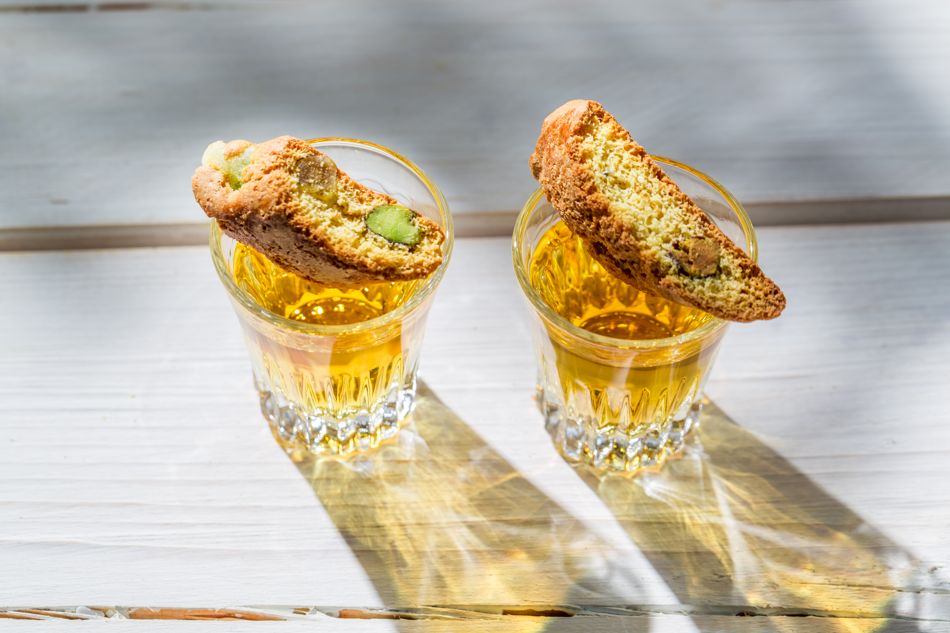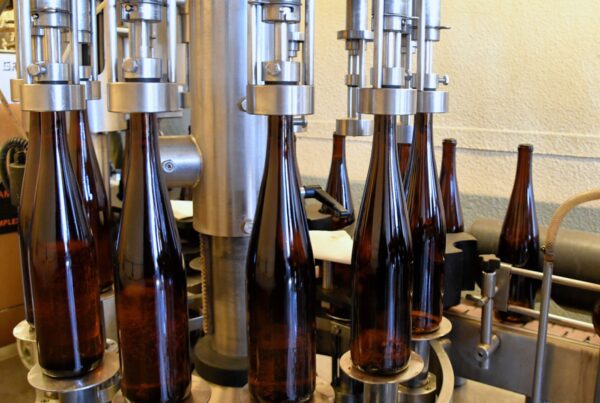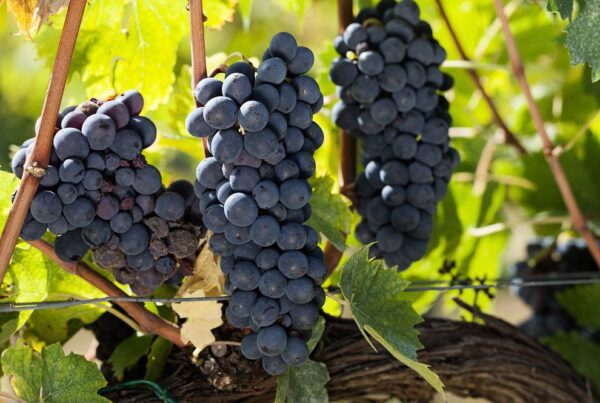As an experienced cook and certified wine expert, I often get asked about cooking with alcohol, especially wine.
Vin Santo is an Italian dessert wine that can be served as an after-dinner drink.
But it is also an ingredient in many recipes, including, tiramisu, panna cotta, ice-creams, and cakes but also savory dishes, such as soups and salad dressings.
If you can’t get your hands on Vin Santo, there are many excellent alternatives that you can use for baking, cooking or drinking.
Quick answer:
Substitute Vin Santo wine with:
- Other dessert wines, e.g., Tokaji, Sauternes
- Fortified wines, e.g. Marsala, Tawny Port
- Ice wines
- Sweet Muscat wines
This list assumes that you are looking to substitute a sweet Vin Santo (most recipes use a sweet Vin Santo, but do check).

Contents
What is Vin Santo wine?
Vin Santo translates as ‘holy wine’ and is made throughout Italy but primarily in Tuscany.
Typical flavors of Vin Santo often include nutty (hazelnut), caramel, apricot or raisin notes.
In Italy, it is traditionally served with biscotti (cantuccini) for dunking into the wine.
The colour can range from golden to dark amber or even bright orange.
Although it is a dessert wine, Vin Santo can vary in sweetness levels from dry to very sweet.
Vin Santo is often made from white grape varieties such as Trebbiano and Malvasia; however, it can also made from the red grape Sangiovese to produce a rosé style called Occhio di Pernice (Eye of the Partridge).
How Vin Santo wine is made
Vin Santo wine is made using the “passito” method where the grapes are dried for months by hanging them from rafters or laying them out on mats.
The dried grapes are then crushed, fermented and aged in small barrels. They are aged for at least three years but often for five to ten years.
Best substitutes for Vin Santo wine
Noble Rot wines / Botrytised wines
Noble rot wines are sweet wines produced when damp, misty conditions cause ripe grapes to be attacked by a mould that causes the grapes to dry out and shrivel.
The sugars and acids in the grapes become concentrated which produces a sweet wine. The mould also adds unique flavors to the wines.
Tokaji Aszu
Tokaji is a Hungarian noble rot wine. Some dry and medium Tokaji wines are made, but sweet Tokaji Aszu is what you need to substitute a sweet Vin Santo wine.
These wines have a similar flavor and color profile to Vin Santo. They are aged for long periods in oak barrels and are amber in color.
Tokaji Aszu has intense flavors of dried fruit (apricots, raisins, orange peel) and spices.
Sauternes AC
Sauternes is a French noble rot dessert wine made in Bordeaux.
It is mostly made from Semillon grapes but sometimes Sauvignon Blanc is also added.
Often golden in color, it has stone fruit (apricot, peach) and citrus flavors. It works well as a Vin Santo substitute.
If you can’t get your hands on Sauternes, botrytis-affected sweet wines are also made in the following french appellations:
- Coteaux du Layon AC
- Vouvray AC
- Alsace AC
BA and TBA German wines
Beerenauslese (BA) and Trockenbeerenauslese (TBA) are sweet German wines often made from Riesling grapes in the noble rot style.
TBA wines are sweeter than BA wines, but both are dessert wines.
They are sweet wines with intense flavors of apricot and raisin and they make good substitutes for Vin Santo wine.
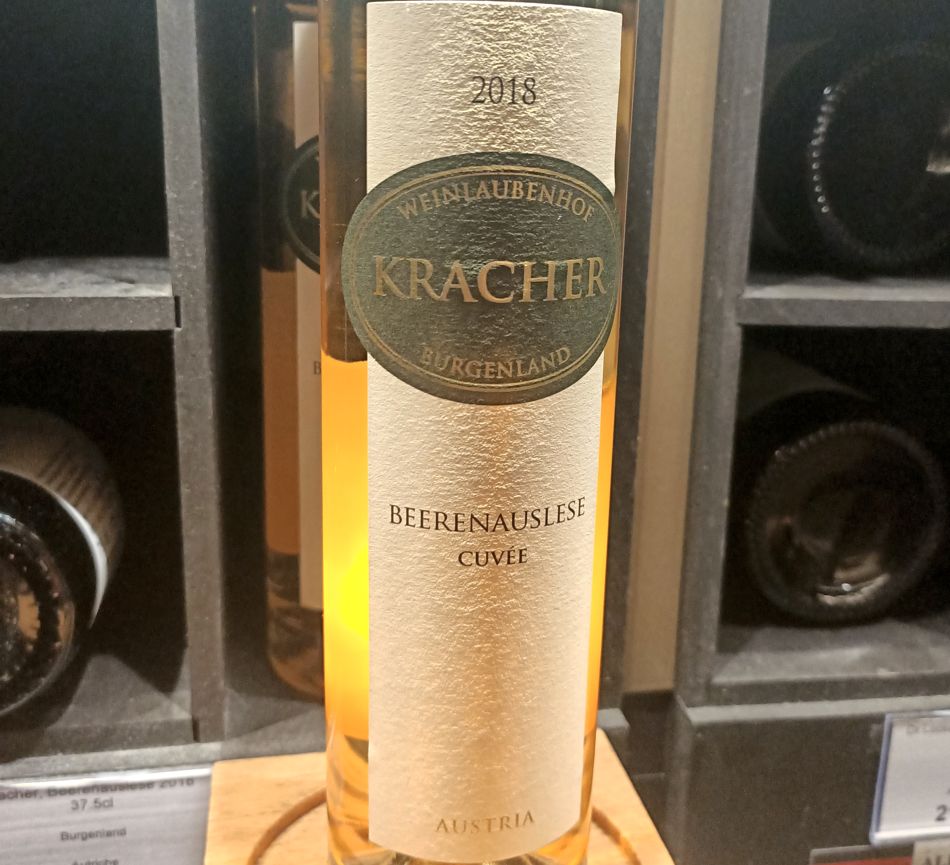
Australian noble rot wines
Riverina, Australia produces noble rot wines using Semillon grapes. It is similar in style to Sauternes and is a good option if you are in Australia and don’t have access to Vin Santo wine.
Ice wines / Eiswein / frozen grapes wines
Ice wines are made in Austria, Germany and Canada.
The grapes are harvested in winter when frozen and crushed to remove the ice crystals. Ice wines are concentrated, pronounced, sweet wines.
They are also a good substitute for Vin Santo.
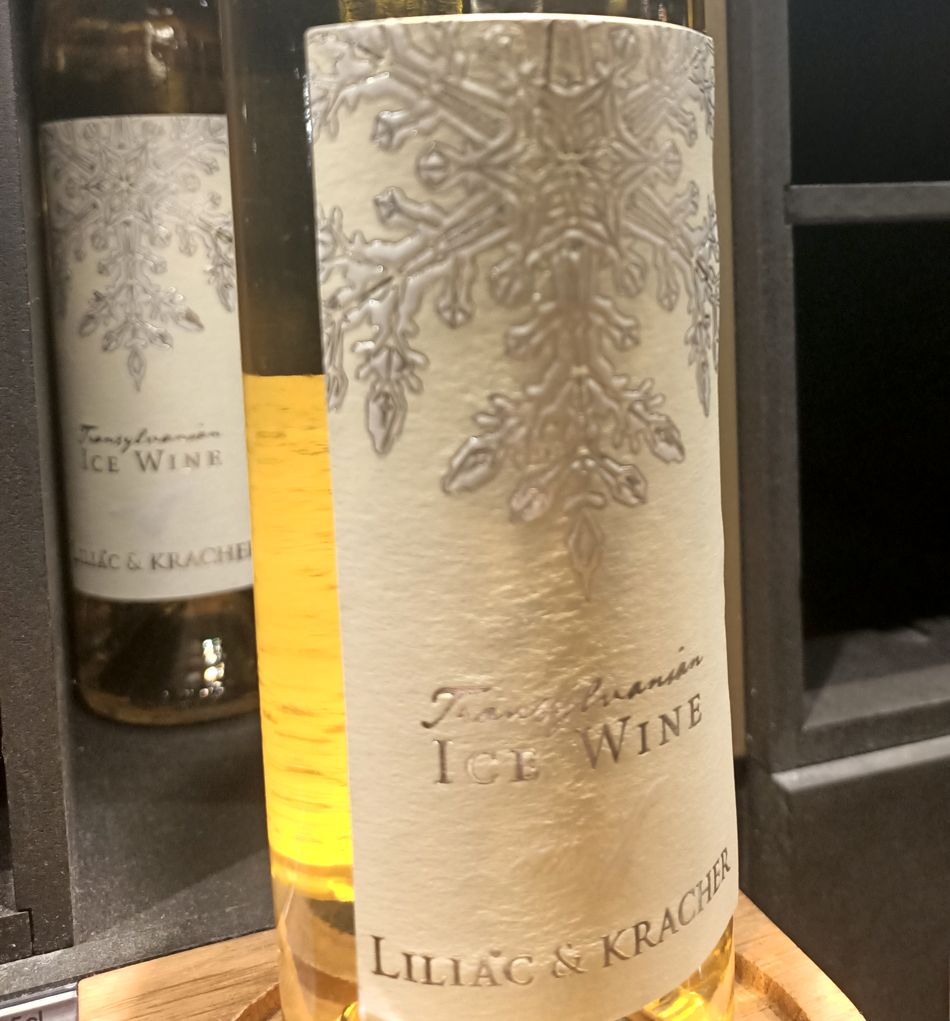
Fortified wines
Fortified wines are wines that have additional alcohol added to them.
They come in a range of styles but are often sweet. Some fortified wines are better alternatives to Vin Santo than others.
A deep ruby color wine may not work if you are making a pound cake for example. So, look for ones sweet in style and golden or amber in color.
Marsala wine
Marsala wine is a fortified wine from Sicily, Italy that comes in a range of styles from sweet to dry.
Marsala has either brandy or a neutral grape spirit added to a base wine to fortify it. It can range in color (golden, amber, ruby) depending on how it was made and aged.
Typical flavors include apricot, brown sugar, tobacco and vanilla. To substitute a sweet Vin Santo, look for a golden or amber sweet Marsala wine.
Madeira wine
Madeira is a fortified wine made on the Portuguese island of Madeira.
It is made in a range of styles from dry to sweet. Look for Malvasia Madeira – a sweet style with coffee and caramel flavors.
Tawny port
Port wine is made from black grapes grown in the upper Douro in Portugal. It is a fortified wine, which means that additional alcohol is added to the wine.
Inexpensive Tawny Ports are a paler-colored Ruby Port (some have White port added to adjust the color) with caramel and toffee flavors.
Reserve Tawny Ports are aged for a minimum of six years in small oak vessels. They develop kernel and oxidative flavors (walnut, coffee, caramel).
They have a tawny or even brown appearance rather than the ruby or purple colors of Vintage Ports.
Tawny Ports are closer in color and flavor to Vin Santo than Ruby Ports and can make a good substitute for Vin Santo.
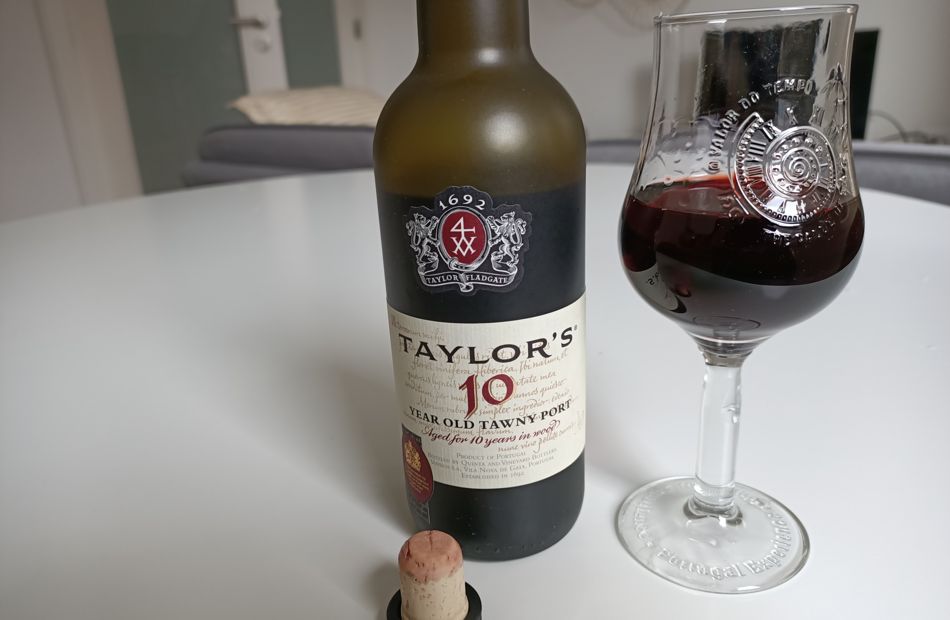
Sweet Muscat wines
Fortified Muscats wines range in color from gold and amber to brown, depending on their age. They are similar to Port and Sherry with aromas of orange blossom and rose.
Notable Muscat wines are made in:
- Muscat de Beaume-de-Venise, France
- Rutherglen, Australia
Non-alcoholic substitute for Vin Santo wine
If you want to substitute Vin Santo wine with something non-alcoholic for baking or cooking, there are some good alternatives.
White grape Juice
Grape juice has a fruity sweetness and mild acidity, so it can make a good substitute for recipes that call for Vin Santo.
Use white grape juice as a 1:1 substitute for Vin Santo wine.
Apple Juice
Apple juice can be another good replacement for Vin Santo wine in recipes.
Similar in color to Vin Santo, with a sweet and slightly sharp flavor that will complements many dishes.
White Balsamic Vinegar
White balsamic vinegar mixed with water in a 1:1 ratio is a good alternative to Vin Santo wine in savory recipes like sauces and marinades.
The vinegar provides acidity with a touch of sweetness.
Golden Syrup
For dessert recipes, golden syrup makes an excellent substitute for Vin Santo wine, adding sweet caramel flavors to any dish.
FAQ
What can I use instead of Vin Santo in tiramisu?
You can substitute Vin San to for a dessert wine like Sauternes, Tokaji or any of the others listed above.
Marsala wine can also be used as an alternative. In fact, it is traditionally used for making tiramisu.
Rum can also be substituted for Vin Santo in a tiramisu.
See our article Rum substitutes for Tiramisu for lots more ideas on alcohol and non-alcohol substitutes for tiramisu.
Is Vin Santo similar to Sherry?
Vin Santo is a sweet wine whereas Sherry is a fortified wine.
Fortified wines are wines where a base wine has a 95% abv neutral spirit added to it. This increases the alcohol content of the wine.
Sherry is aged in the solera system whereas Vin Santo is a barrel-aged wine.


